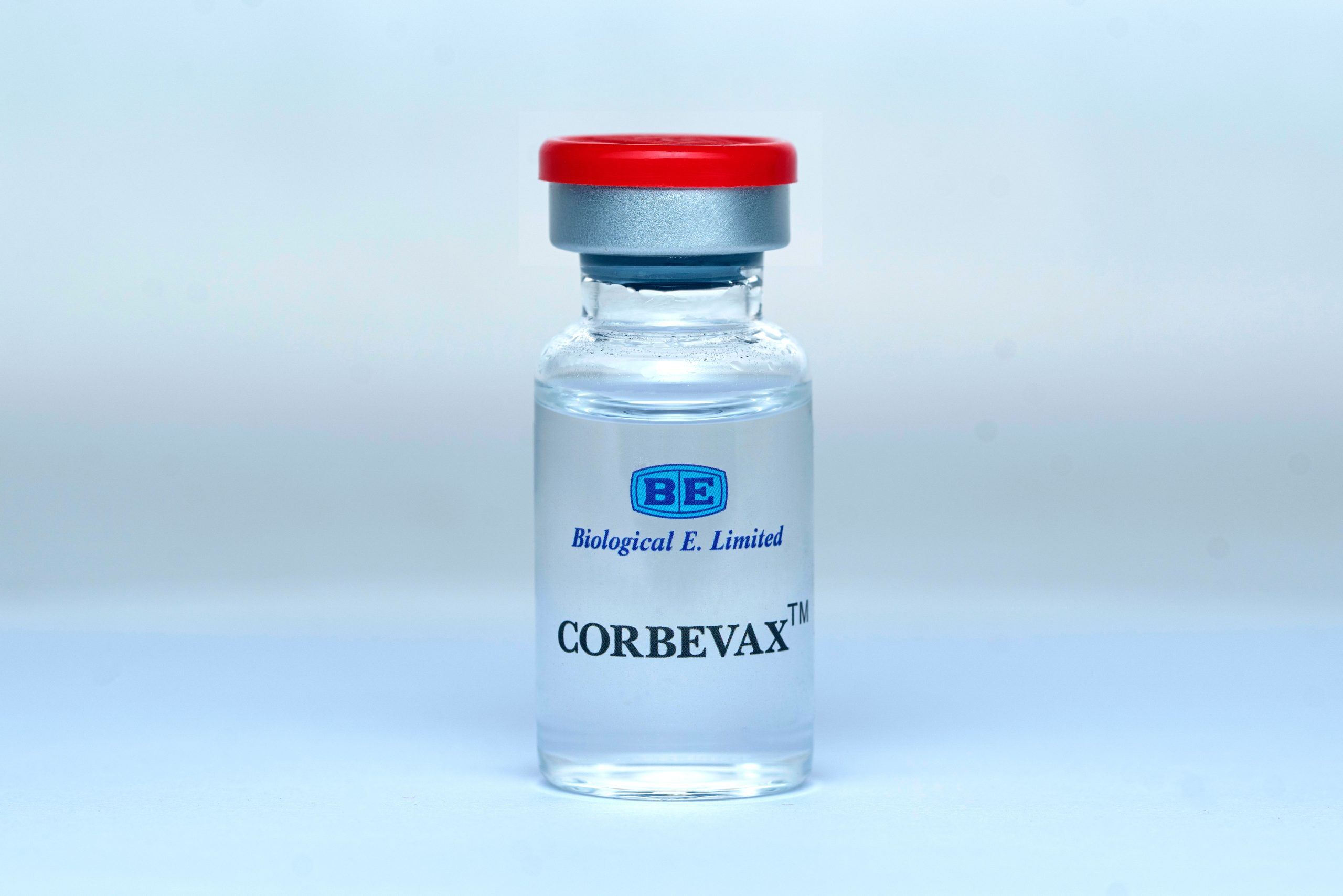Swift but cautious

With the Drugs Controller General of India's (DCGI's) nod to the Biological E's Corbevax vaccine as a potential booster shot, India has inched closer to what is referred to as heterologous booster dose. India started administering booster shots in January this year, beginning with frontline workers and comorbid populations, but the vaccine used as the third dose was the same as the one used for primary vaccination. Essentially, India is now venturing from homologous boosting to heterologous boosting. In general, heterologous boosting is learnt to be more effective than homologous boosting. In the particular case of Corbevax, Biological E has conducted a multi-centre phase III placebo controlled heterologous booster clinical trial in 416 subjects from 18 to 80 years of age, who were previously vaccinated with two doses of either Covishield or Covaxin. The DCGI approved the vaccine after detailed deliberation of the data furnished by the Biological E. The vaccine now needs to be approved by the National Technical Advisory Group of India (NTAGI) and the Union Health Ministry. Given the wider range of acceptance Corbevax has garnered among virologists and immunologists, the vaccine is likely to see the light of the day as a booster shot. However, it appears that this applause is largely driven by general conception rather than by specifics of the Corbevax. The Biological E vaccine is a protein subunit type. It is thus far used to administer 51.7 million doses to children across the country, including 17.4 million who have received both the doses. Notably, the vaccine has not received emergency use listing (EUL) authorisation by the World Health Organisation (WHO) — and is thus not a part of the COVAX mix. The acceptance of experts appears to be based on two aspects. First, globally, protein subunit vaccines have proved to be better boosters. India's leading virologist, Gagandeep Kang affirmed that a protein sub-unit-based vaccine on top of an adeno-virus vector-based vaccine (Covishield) and inactivated virus-based vaccine (Covaxin) has very good potential. Secondly, the proven mix and match approach is being relied upon. Interestingly, Biological E has not cited such findings with reference to its clinical trials. The company has claimed that the Corbevax booster resulted in 91 per cent and 75 per cent neutralising antibodies against Omicron after Covishield and Covaxin primary vaccines respectively. It also indicates the creation of T Cell response but appeared silent on efficacy as subunit type. More clarity is required on certain fronts. In the first place, a comparative analysis of effectiveness of Covishield/Covaxin and Corbevax may be required for chalking out an efficient vaccination plan going forward. Relying upon Biological E's clinical trial findings, Corbevax increases immune response when used as heterologous booster, but can/cannot Covaxin and Covishield be more effective as heterologous boosters also needs to be analysed at the same time. It can be hoped that the National Technical Advisory Group of India (NTAGI) and Union Health Ministry will give due consideration to these factors before giving clearance to the vaccine as a booster. India has thus far been remarkable and cautious in its approach in handling the vaccination drive. The same degree of caution needs to be maintained in the times to come. Some experts believe that the credibility of placebo-controlled trials themselves are subject to scrutiny. Health authorities in India are expected to carry out a detailed analysis of the same. It is true that India is much behind some of the developed nations in administering booster doses but, considering the lack of urgency amid the subsiding pandemic, the government shouldn't show hurry and give due time to research and analysis. In addition, detailed findings of the Biological E's clinical trial should be brought in public domain so that experts can have the opportunity to assess the efficacy of Corbevax boosters. India's move towards adopting heterologous vaccines will not only mark a milestone but also set a precedent. So, with swiftness, a touch of caution needs to be maintained.



